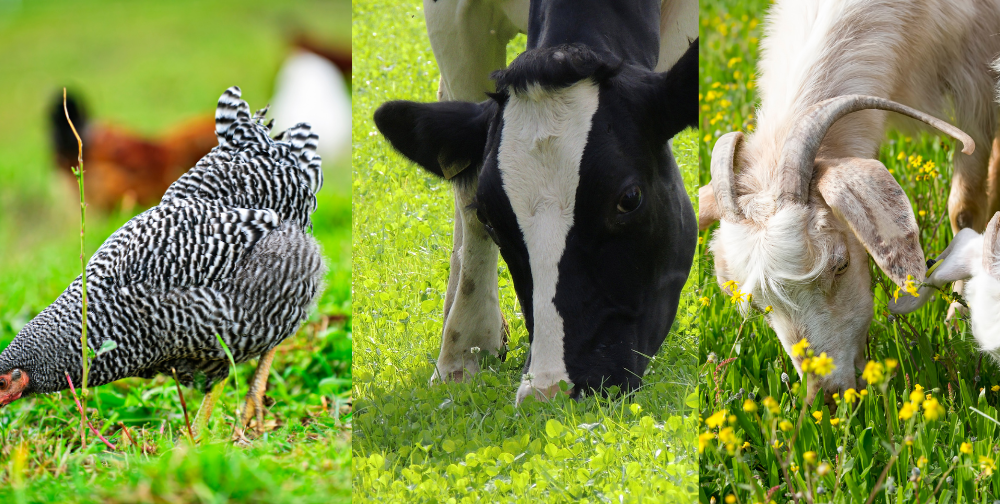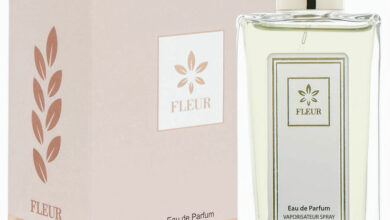Harnessing the Benefits of Mixed Pasture Seed: Enhancing Grazing Quality and Sustainability

Mixed pasture seed, a blend of different grasses, legumes, and forbs, offers numerous benefits for pastureland owners and livestock producers. This diverse mixture provides a range of nutritional benefits for grazing animals while also promoting soil health and sustainability. In this blog, we’ll explore the various benefits of mixed pasture seed and why it’s an essential component of successful pasture management practices.
Improved Nutritional Quality
One of the primary benefits of mixed pasture seed is its ability to enhance the nutritional quality of grazing forage. By incorporating a variety of grasses, legumes, and forbs into the pasture, mixed seed blends provide a diverse array of nutrients, including protein, carbohydrates, vitamins, and minerals. Grasses such as ryegrass and fescue offer high energy content, while legumes like clover and alfalfa provide protein and nitrogen fixation capabilities. This balanced nutritional profile helps support the health and productivity of grazing animals, leading to improved weight gain, milk production, and overall well-being.
Extended Grazing Season
Mixed pasture seed can extend the grazing season by providing a continuous supply of forage throughout the year. By selecting species with different growth patterns and seasonal preferences, pasture managers can ensure that there is ample forage available for livestock grazing from early spring to late fall. Cool-season grasses like orchardgrass and timothy thrive in the spring and fall, while warm-season grasses such as bermudagrass and switchgrass excel during the summer months. Additionally, incorporating perennial legumes like red clover and white clover ensures nitrogen fixation and forage production year-round.
Soil Health and Fertility
In addition to benefiting grazing animals, mixed pasture seed contributes to soil health and fertility. Legumes such as clover and alfalfa have nitrogen-fixing capabilities, which enhance soil fertility by converting atmospheric nitrogen into a form that plants can utilize. This reduces the need for synthetic fertilizers and promotes sustainable agriculture practices. Furthermore, the deep root systems of grasses and legumes help improve soil structure, reduce erosion, and increase water infiltration and retention, leading to healthier and more resilient pasture ecosystems.
Weed Suppression and Pest Resistance
Another advantage of mixed pasture seed is its ability to suppress weeds and resist pests naturally. A diverse mixture of grasses, legumes, and forbs creates a dense and competitive canopy that shades out weeds and prevents their establishment. Additionally, certain species such as chicory and plantain have allelopathic properties that inhibit weed growth and reduce reliance on herbicides. By fostering a healthy and diverse pasture ecosystem, mixed pasture seed helps minimize weed infestations and pest pressures, reducing the need for chemical interventions and promoting environmentally friendly pasture management practices.
Final Words
Mixed pasture seed offers a multitude of benefits for pastureland owners, livestock producers, and the environment alike. From improved nutritional quality and extended grazing seasons to enhanced soil health, weed suppression, and wildlife habitat, mixed pasture seed plays a critical role in promoting sustainable pasture management practices and supporting the health and productivity of grazing animals. By harnessing the benefits of mixed pasture seed, pastureland owners can create resilient and thriving pasture ecosystems that benefit both livestock and the environment for generations to come.





